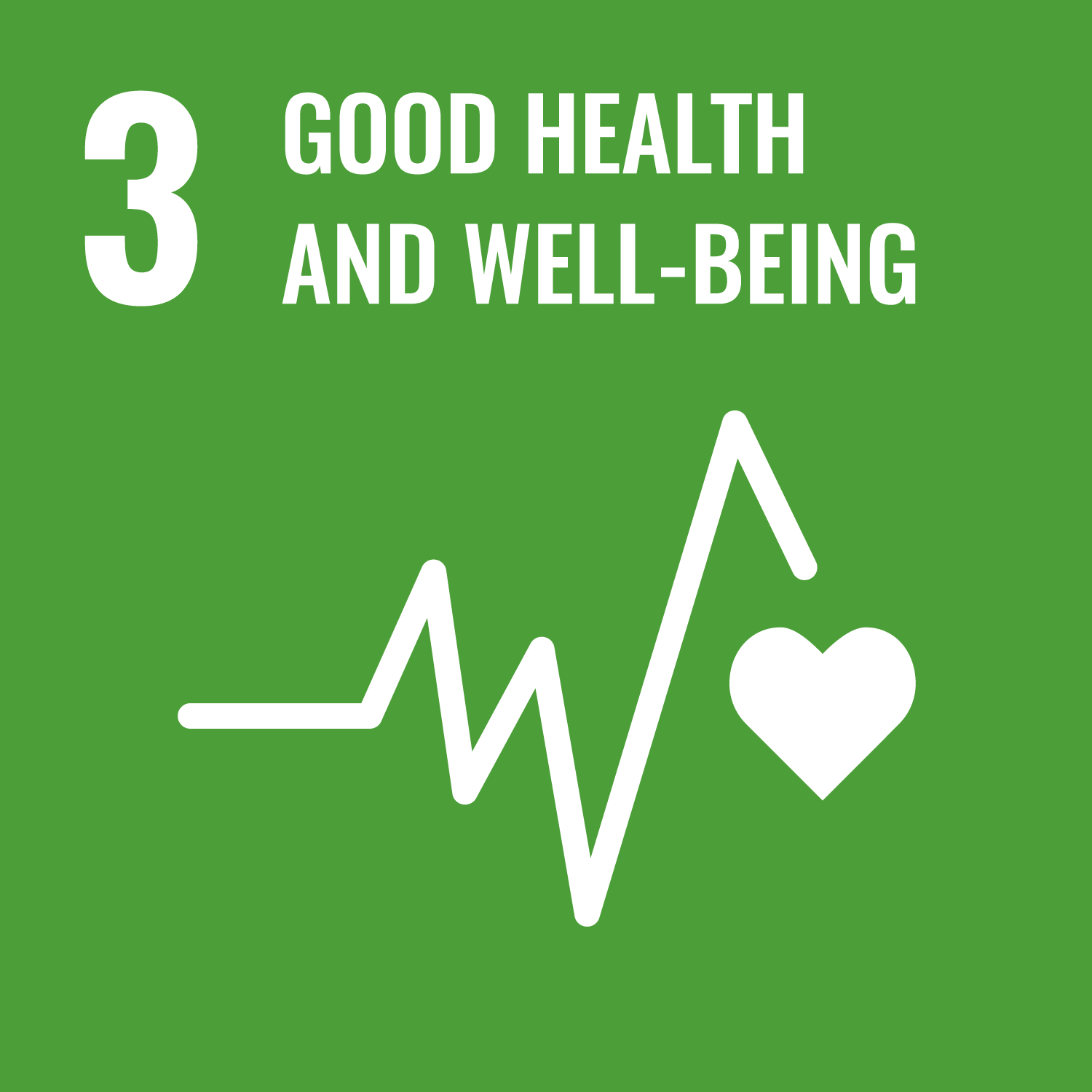Mattock, R. orcid.org/0000-0001-7517-5233, Bojke, C. orcid.org/0000-0003-2601-0314, Wright, J. orcid.org/0000-0002-5239-0173 et al. (1 more author) (2025) The impact of midwife workload on delivery of care, and mother and baby outcomes in maternity settings in OECD countries: A systematic review. PLOS ONE, 20 (8). e0329117. ISSN: 1932-6203
Abstract
Background Excessive midwifery workload is a growing concern that may affect safety and quality of care, with potential consequences for mothers and babies.
Aims To assess how midwife workload affects delivery of care, and maternal and neonatal outcomes; and whether maternal, neonatal, and staffing factors modify these relationships.
Methods This systematic review updated a prior review (January 1998 to June 2014) with revisions to search strategies. We searched for new evidence (June 2014 to October 2023) across 11 academic databases (Cochrane Database of Systematic Reviews (Wiley); Cochrane Central Register of Controlled Trials (Wiley); CINAHL (EBSCOhost); EconLit (EBSCOhost; Embase (Ovid); Epistemonikos; Health Management Information Consortium (Ovid); International HTA Database (INAHTA); Maternity & Infant Care Database (Ovid); Ovid MEDLINE(R); CEA Registry) and 10 grey literature websites. Screening involved multiple reviewers, with 10% of records independently double-screened. Inclusion criteria were intrapartum births in maternity wards in OECD countries, a measure of midwifery workload, and outcomes related to provision of care, mode of birth, and maternal or neonatal morbidity and mortality. A single reviewer conducted data extraction, bias assessments, and a narrative synthesis.
Results We included 23 studies (15 new, 8 from the original review) from the UK, USA, Italy, France, and Germany, covering 2,943,120 births. Only three studies were rated as high quality. Many outcomes showed no significant effects, or inconsistent effects across studies. High workload was significantly linked to care delays, increased instrumental and caesarean births, and some maternal outcomes (e.g., perineal trauma). Associations were modified by maternal characteristics, including clinical risk, parity, and civil status. No significant associations were found between workload and neonatal outcomes, except for one low-quality study reporting increased neonatal ward admissions.
Conclusions High midwifery workload may alter care provision, potentially affecting mother and baby outcomes. Further robust research is needed to address limitations in current evidence.
Metadata
| Item Type: | Article |
|---|---|
| Authors/Creators: |
|
| Editors: |
|
| Copyright, Publisher and Additional Information: | © 2025 Mattock et al. This is an open access article under the terms of the Creative Commons Attribution License (CC-BY 4.0), which permits unrestricted use, distribution and reproduction in any medium, provided the original work is properly cited. |
| Dates: |
|
| Institution: | The University of Leeds |
| Academic Units: | The University of Leeds > Faculty of Medicine and Health (Leeds) > School of Medicine (Leeds) |
| Date Deposited: | 15 Oct 2025 10:53 |
| Last Modified: | 15 Oct 2025 10:53 |
| Status: | Published |
| Publisher: | Public Library of Science |
| Identification Number: | 10.1371/journal.pone.0329117 |
| Related URLs: | |
| Sustainable Development Goals: | |
| Open Archives Initiative ID (OAI ID): | oai:eprints.whiterose.ac.uk:232992 |


 CORE (COnnecting REpositories)
CORE (COnnecting REpositories) CORE (COnnecting REpositories)
CORE (COnnecting REpositories)